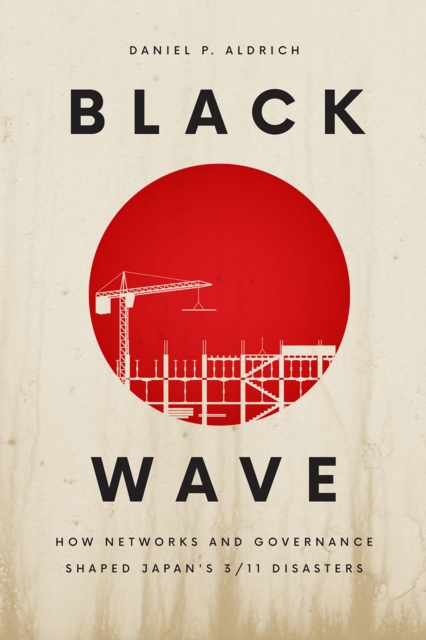CITESTE MAI MULT
Detalii
Descriere RO
Despite the devastation caused by the magnitude 9.0 earthquake and 60-foot tsunami that struck Japan in 2011, some 96% of those living and working in the most disaster-stricken region of Tōhoku made it through. Smaller earthquakes and tsunamis have killed far more people in nearby China and India. What accounts for the exceptionally high survival rate? And why is it that some towns and cities in the Tōhoku region have built back more quickly than others?
Black Wave illuminates two critical factors that had a direct influence on why survival rates varied so much across the Tōhoku region following the 3/11 disasters and why the rebuilding process has also not moved in lockstep across the region. Individuals and communities with stronger networks and better governance, Daniel P. Aldrich shows, had higher survival rates and accelerated recoveries. Less-connected communities with fewer such ties faced harder recovery processes and lower survival rates. Beyond the individual and neighborhood levels of survival and recovery, the rebuilding process has varied greatly, as some towns and cities have sought to work independently on rebuilding plans, ignoring recommendations from the national government and moving quickly to institute their own visions, while others have followed the guidelines offered by Tokyo-based bureaucrats for economic development and rebuilding.
EdituraThe University of Chicago Press
Dimensiuni229 x 152 x 20
Data Publicarii22/07/2019
Format
Necartonata
Numar pagini272
Aceasta este o carte in limba engleza. Descrierea cartii (tradusa din engleza cu Google Translate) este in limba romana din motive legale.
In ciuda devastarii cauzate de cutremurul cu magnitudinea 9,0 si tsunamiul de 60 de picioare care au lovit Japonia in 2011, aproximativ 96% dintre cei care traiesc si lucreaza in regiunea cea mai afectata de dezastre din Tōhoku au reusit sa treaca. Cutremure mai mici si tsunami au ucis mult mai multi oameni in China si India din apropiere.

